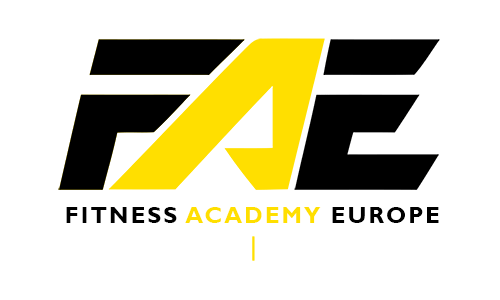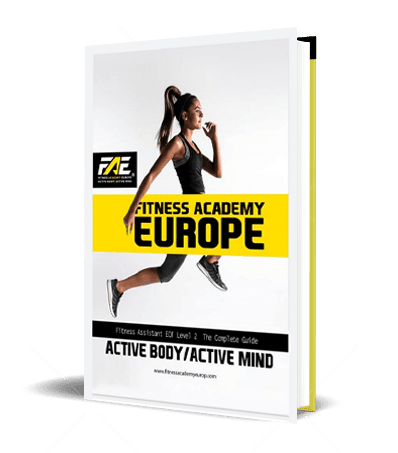Such as business category (e.g., bakery), website URL, phone number, business hours, and more. And use the info from the Site Audit tool to guide your optimization efforts. This can take a few minutes to several hours, depending on the size of your website. You can use Semrush’s Site Audit tool to examine over 140 technical and SEO-related factors. The topics you discovered using the Topic Research tool are not only a great source of inspiration, but also a powerful asset for your SEO efforts.
Monitor and Disavow Low-Quality Backlinks
It shows which SERP features occupy keyword ranking positions and which ones don’t. Keyword rankings are important because they affect your website’s organic (unpaid) visibility and traffic. For each keyword, Google ranks webpages based on how well their content satisfies the user’s query.
This means if you can go higher in the search engine by just one position from 5 to 4, you will see a greater traffic increase than moving up ten positions from 20 to 10. You can view that via click through rate lessens exponentially as you go down the ranks. Also, you can take help from experienced link building specialists. Interested in ranking better online, generating more leads, and increasing your visibility with customers? In addition to gaining visibility, regular events send positive signals to Google that you’re active in the community and a real, boots-on-the-ground local business. Not only do they play a big role in local SEO, but consumers consult online reviews more than ever before.
Google’s recent algorithm BHS Links update started prioritizing mobile performance among many other factors. It’s not strange given these somewhat shocking statistics from Explodingtopics.com. Namely, over 60% of all website traffic originates from mobile devices.
Develop comprehensive content
To confirm that all your webpages use HTTPS, check Google Search Console. You can fix this issue by securing an SSL certificate for your site. But that isn’t the only reason mobile friendliness is so important. Google uses a mobile-first index, which means its crawlers focus on the mobile version of any website. When we wrote this post, we knew readers wanted actionable advice on the topic. So, we sought out expert insights and turned their advice into a series of tips on increasing share of voice.
- It will tell you information like your brand’s visibility, more about your potential customers, and how your target audience is interacting with your business listing.
- These can add a personal touch and enhance the relevance of your content.
- The easiest way to check your website’s keyword rankings is to use a rank tracker tool.
- Off-page SEO is any work you do on domains other than your own that changes how your website ranks in search engine results pages (SERPs).
- In this instance, I’ve chosen to only identify new keywords that are ranking in the top 10 positions on the SERPs.
This is a great way to spread the word and increase your event attendance. In addition to posting your events on your website and social accounts, use GBP to boost event visibility. This type of search will display around 20 locations on the map and in the left hand sidebar. Note that these are not necessarily websites, though many contain a link to the business’s website. Use different anchor texts, mostly descriptive text that gives readers and search engines an idea of what they’ll find when they click the link. Avoid the temptation to add links solely for the sake of quantity; each link should genuinely enhance users’ and Google’s navigation experience.
Step 11 – Use Tools to Outperform Content Marketing
You can also measure local SEO performance using analytics from the tool. Including search visibility, customer engagement, and listing traffic. This allows search engines to find our content easily and improve its indexability. After entering your domain, the tool will ask for some target keywords that are relevant to your niche. Off-page SEO is crucial for building your website’s authority and establishing trust with search engines.
If the content reads more conversational, then you should aim to create your content in the same way. Conversational pieces tend to draw attention and engagement at a higher rate than non-conversational content pieces. This formula shouldn’t be the end-all solution for your title tags.




